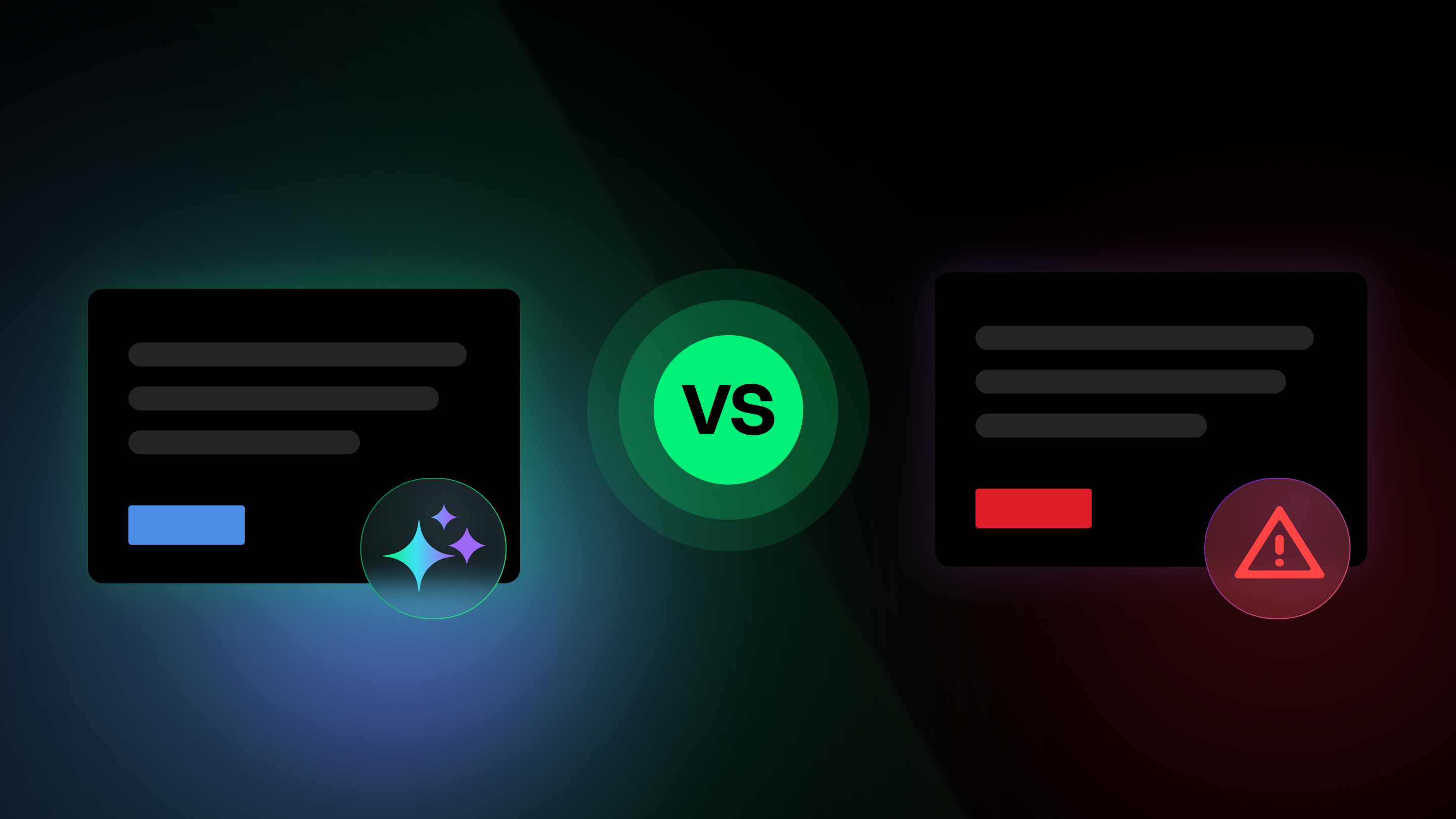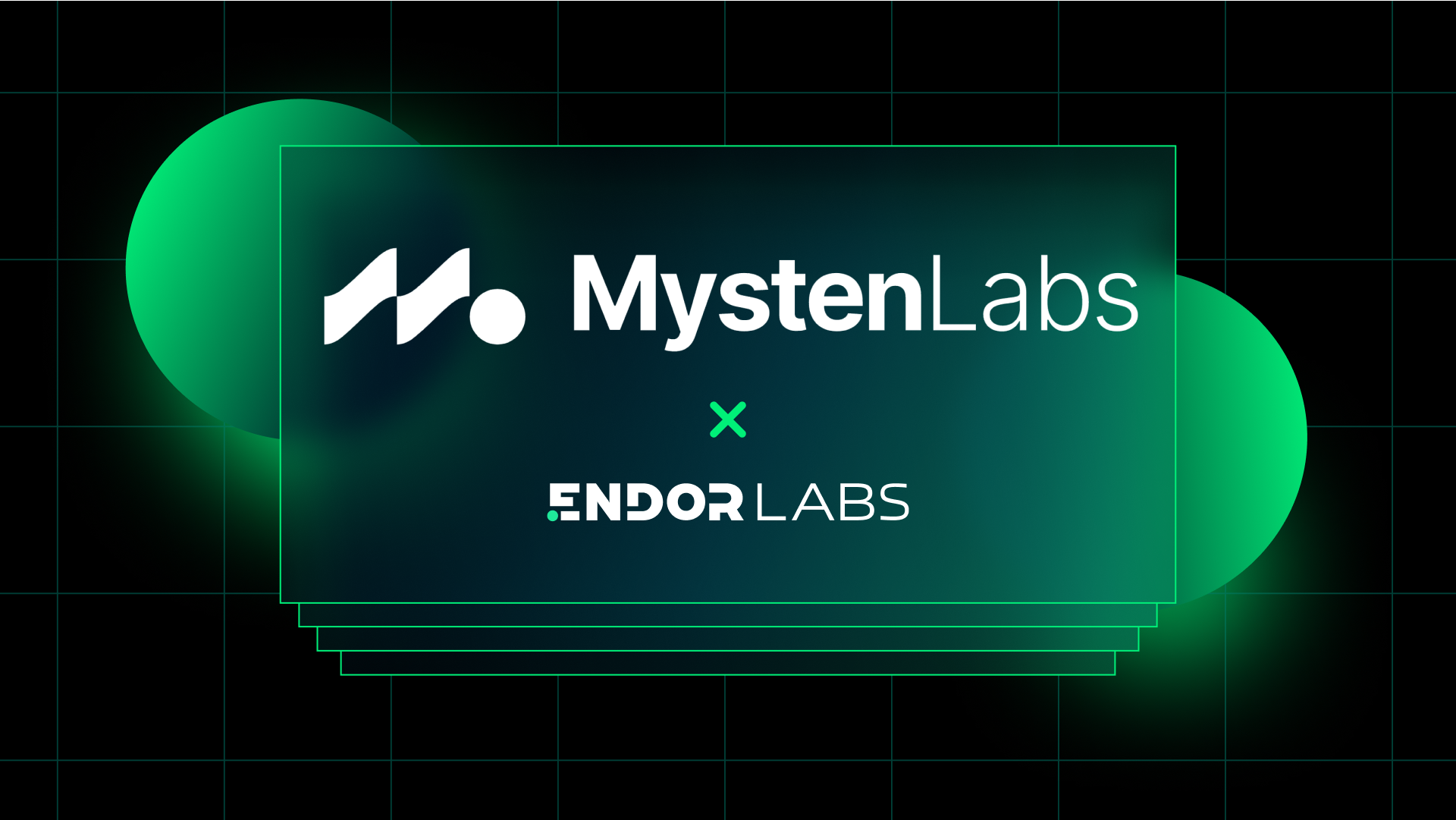There was a time not long ago when “shift left” was supposed to be the future of application security. The promise was simple: catch vulnerabilities earlier in the development lifecycle, reduce remediation costs, and ship more secure code.
Yet despite a decade of investment and effort, many organizations still struggle with growing security backlogs and critical vulnerabilities reaching production. The shift-left model has revealed fundamental limitations, not because the concept is wrong, but because the tools we've used to implement it haven't kept pace with modern development practices.
Sound familiar? If so, you're not alone. But the good news is that there's a path forward.
Why Shifting Left Fails
The shift-left philosophy assumes that developers, given the right tools and training, will catch and fix security issues earlier during development. This sounds reasonable at a surface level, but in practice, traditional implementations have encountered significant challenges. Legacy SAST tools, in particular, have created obstacles in three critical ways:
1. Alert fatigue
Many organizations embrace shift-left security by deploying static application security testing (SAST) tools, betting that earlier detection will translate to faster remediation and more secure code. The reality is far messier. Traditional SAST tools are notorious for flooding teams with findings:
- Irrelevant alerts for non-critical issues that don’t represent immediate security risks
- Low-priority noise flagging minor issues that might warrant attention eventually, but are drowned out by the sheer volume of findings competing for developer time.
- False positives that waste hours of investigation only to reveal the tool misunderstood the code's context, framework protections, or data flow.
Traditional SAST false positive rates routinely exceed 70%. A typical scan of a medium-sized application can flag hundreds or thousands of potential issues. Developers face an impossible choice: spend days triaging alerts that are mostly noise, or ignore security findings entirely to meet delivery deadlines.
The mathematics of alert fatigue are brutal. Consider a development team that receives 1,000 SAST findings per sprint with a 70% false positive rate. Even if each alert takes just five minutes to triage, developers spend 58 hours, more than a full work weeks, investigating 700 false alarms to find 300 real issues. And of those 300 real findings, many are low-severity issues that pose minimal actual risk.
When developers are overwhelmed with false positives, they develop "alert blindness"—a learned behavior where security findings are dismissed without proper investigation. This is precisely the opposite outcome that shift-left security was meant to achieve.
2. Poor developer experience
Early SAST tools were originally designed for security analysts, not software engineers. While many vendors have worked to improve their developer experience, the fundamental mismatch often creates friction at key touchpoints:
- Disruption to workflow: SAST tools can disrupt developer productivity in two ways: alerts that stop work and require review, and context switching out of development environments and into separate security tools.
- Security-first language: Vulnerability descriptions often reference CWE IDs and compliance frameworks rather than explaining issues in terms developers understand—call paths, line fixes, and framework-specific remediation patterns.
- Unclear value proposition: From an engineer's perspective, traditional security tools can feel like pure overhead. They slow down releases and generate work that doesn't visibly advance product goals or improve code quality in ways developers can measure.
Modern SAST tools have made strides in addressing these issues, but many organizations are still working with platforms that haven't evolved to meet developer expectations.
3. Team misalignment
While security and engineering both ultimately want the same thing—secure, reliable software, they approach the problem from very different angles:
- Conflicting priorities and incentives. Security teams are measured on risk reduction and vulnerability counts. Engineering teams are measured on velocity, uptime, and feature delivery. These competing metrics create natural tension, especially when security requirements threaten release timelines.
- Different risk models. Security professionals think in terms of theoretical attack paths and worst-case scenarios. Developers think in terms of actual user behavior and real-world deployment constraints. A security finding that represents a critical theoretical risk may be virtually unexploitable in the production environment—but traditional SAST tools lack the context to make this distinction.
- Communication breakdown. When security teams drop thousands of SAST findings into engineering backlogs without context or prioritization, it signals that security doesn't understand or respect engineering constraints. Conversely, when developers dismiss security findings as "not relevant" without proper investigation, it erodes trust in the other direction. This cycle of miscommunication leads to security theater—organizations that appear to be doing security work without actually reducing risk.
Shift Security Down Instead
Organizations need to fundamentally rethink where and how security analysis happens. Rather than shifting security left into developer workflows, we should shift security down into the platforms and systems developers already use—making security invisible, automatic, and contextually aware.
1. Prioritize risks
The application security industry has optimized for recall (finding all possible vulnerabilities) at the expense of prioritization (ensuring findings are actually exploitable). This made sense when security testing was infrequent, manual, and primarily compliance-driven. But in modern continuous deployment environments, we need precision over volume.
- Reachability analysis changes everything. A vulnerability in dead code or an unused dependency poses zero actual risk, yet traditional SAST tools flag it with the same severity as issues in critical execution paths. Modern application security platforms use reachability analysis to determine whether vulnerable code can actually be invoked in production, dramatically reducing false positives and helping teams focus on findings that matter.
- Dataflow analysis reveals true exploitability. Not all code paths are equally dangerous. A finding is only truly exploitable if attacker-controlled data can flow through the vulnerable function without sufficient sanitization or validation. By tracing data flows from entry points (user input, API calls, file uploads) through the application to potentially dangerous sinks (database queries, system commands, file operations), security platforms can distinguish between theoretical vulnerabilities and actual exploitable risks.
- Context is critical for accurate prioritization. Traditional SAST tools analyze code in isolation, missing the architectural patterns and design intent that define actual risk. AI and LLMs can close this gap by reasoning about how components interact, identifying framework protections, middleware that sanitizes requests upstream, and whether the implementation aligns with the original design intent. Without this understanding of protective layers and purpose, security findings lack the nuance needed for accurate prioritization.
2. Drive the right action at the right time
Every security finding triggers a decision tree: Should this be fixed immediately? Added to the backlog? Accepted as a known risk? Dismissed as a false positive? Traditional shift-left approaches dump this decision-making onto developers, who lack the context and expertise to make informed choices.
- Automatic triage eliminates busy work: Modern application security platforms can automatically verify and prioritize findings, routing high-confidence true positives directly to engineering teams while filtering out false positives. This dramatically reduces the triage burden on both security and engineering teams by freeing them from feeds of findings to review.
- Policy as code enables consistent enforcement: Rather than relying on manual review and inconsistent judgment calls, organizations can codify their security policies and risk tolerance thresholds. This works hand-in-hand with prioritization to drive the right actions at the right moment.
3. Give developers actionable evidence to fix
When developers do need to address security findings, they need a complete understanding of the issue and a clear path to resolution.
- Evidence builds trust: Rather than asking developers to trust that a security finding represents a real risk, modern platforms provide concrete evidence: actual data flows showing how user input reaches a dangerous function, example attack payloads that demonstrate exploitability, and specific lines of code where vulnerabilities exist. This evidence-based approach helps developers understand why a finding matters and builds trust in the security program.
- Guidance should be specific and actionable: Effective security platforms provide framework-specific, context-aware remediation guidance that takes into account the application's technology stack, architectural patterns, and existing security controls.
Bottom Line
The shift-left security movement failed because it assumed the problem was timing and integrations. But the real problem was precision and context. Traditional static analysis tools didn't keep pace with the changing software stack, and then shift-left came along and pushed the noise from that failure into developer workflows.
Shifting security down into the platform is the solution, but it demands application security that’s AI-native, embedded directly in CI pipelines, and engineered for cloud-native systems. The future of application security isn't about making developers into security experts. It's about making security tooling smart enough to meet developers where they are, with precise findings, clear priorities, and actionable guidance.
40+ AI Prompts for Secure Vibe Coding



What's next?
When you're ready to take the next step in securing your software supply chain, here are 3 ways Endor Labs can help:










